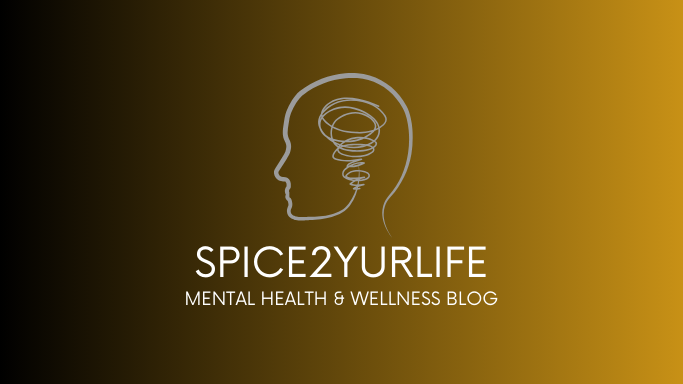In today's diverse classrooms, one of the most pressing challenges educators face is meeting the needs of students with varied learning differences. These differences can manifest as a range of conditions, such as dyslexia, ADHD, autism spectrum disorders, or simply differing learning styles and paces. Addressing these differences is crucial for fostering an inclusive educational environment where every student can thrive.
Understanding Learning Differences
Learning differences are not synonymous with learning disabilities. While the latter implies a clinical diagnosis, learning differences refer to the wide array of ways in which students process information, engage with content, and demonstrate understanding. Some students may excel in visual learning but struggle with auditory instruction, while others may require more time to process information or need hands-on experiences to fully grasp a concept.
Recognizing these differences is the first step toward creating an educational experience that is equitable and effective for all students. Instead of viewing these variations as deficits, they should be seen as opportunities to diversify teaching methods and enhance the learning environment for everyone.
Strategies for Addressing Learning Differences
1. Differentiated Instruction
Differentiated instruction involves tailoring teaching methods and materials to meet the diverse needs of students. This approach can include providing multiple types of content delivery (e.g., videos, readings, discussions), varying the complexity of tasks based on student readiness, and offering choices in how students demonstrate their learning. By doing so, teachers can ensure that each student has access to the content in a way that aligns with their strengths.
2. Universal Design for Learning (UDL)
UDL is a framework for designing curricula that are flexible and accommodating to all learners. It encourages the use of multiple means of representation, action and expression, and engagement. For example, a lesson might include visual aids, interactive activities, and written summaries to cater to different learning preferences. UDL helps in reducing barriers to learning and ensures that all students, regardless of their differences, can participate fully in the classroom.
3. Assistive Technology
Technology has opened new avenues for supporting students with learning differences. Assistive technologies, such as text-to-speech software, audiobooks, and interactive apps, can provide alternative ways for students to access and engage with the curriculum. For instance, a student with dyslexia might benefit from a text-to-speech tool that reads content aloud, allowing them to comprehend the material without being hindered by reading difficulties.
4. Flexible Assessment Practices
Traditional testing methods may not always accurately reflect the abilities of students with learning differences. Offering alternative assessments, such as oral presentations, projects, or portfolios, can provide students with different ways to demonstrate their understanding. This flexibility ensures that assessments measure learning outcomes rather than just a student’s ability to perform under specific conditions.
5. Collaboration and Support Networks
Addressing learning differences is not solely the responsibility of the classroom teacher. Collaboration among special education professionals, general educators, parents, and students themselves is vital. Creating a support network that includes regular communication and shared strategies can help ensure that each student’s needs are met both in and out of the classroom.
6. Cultivating a Growth Mindset
Encouraging a growth mindset in students is essential for fostering resilience and a love of learning. When students believe that their abilities can be developed through hard work and persistence, they are more likely to embrace challenges and view learning differences as part of their unique path to success. Teachers can promote a growth mindset by praising effort, providing constructive feedback, and framing mistakes as opportunities for learning.
The Role of Educators and Policy Makers
Educators play a pivotal role in addressing learning differences, but they require adequate training, resources, and support to do so effectively. Professional development opportunities focused on inclusive teaching strategies and the use of assistive technologies can empower teachers to better meet the needs of diverse learners.
Policy makers also have a critical role in ensuring that schools have the funding and resources necessary to implement inclusive practices. This includes supporting legislation that promotes equitable access to education, providing grants for assistive technologies, and ensuring that teacher education programs include training on differentiated instruction and UDL.
Addressing learning differences is not just about accommodating individual students; it’s about transforming the educational system to be more inclusive, equitable, and effective for all learners. By recognizing and embracing the diversity of learning styles and needs, educators can create a classroom environment where every student has the opportunity to succeed. This holistic approach not only benefits students with learning differences but enriches the learning experience for the entire classroom community.







No comments:
Post a Comment